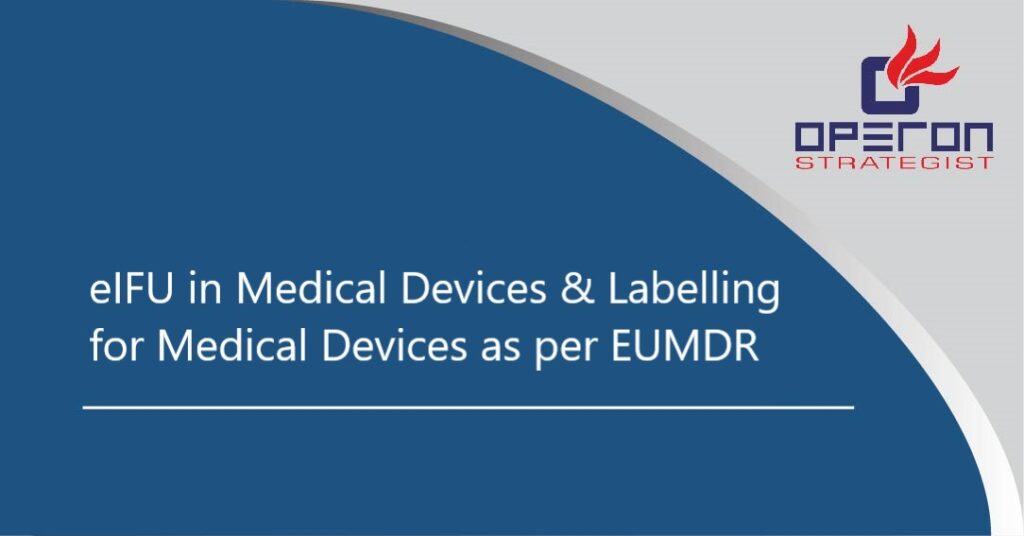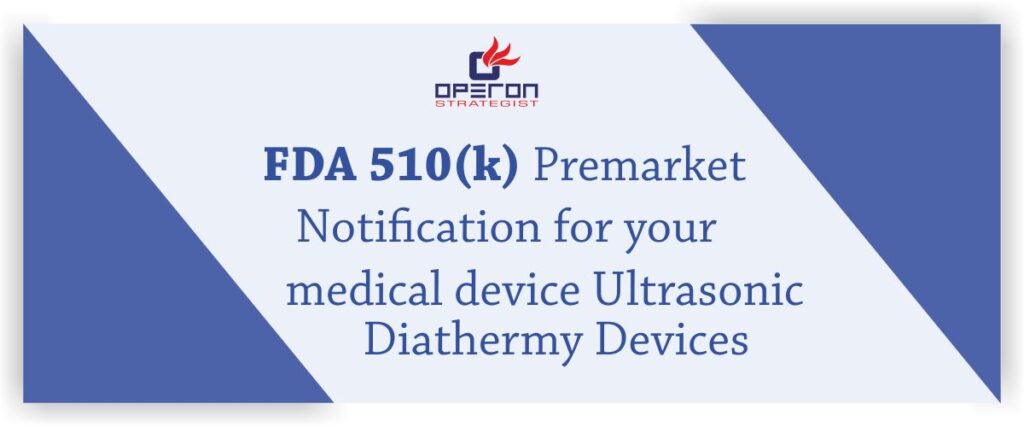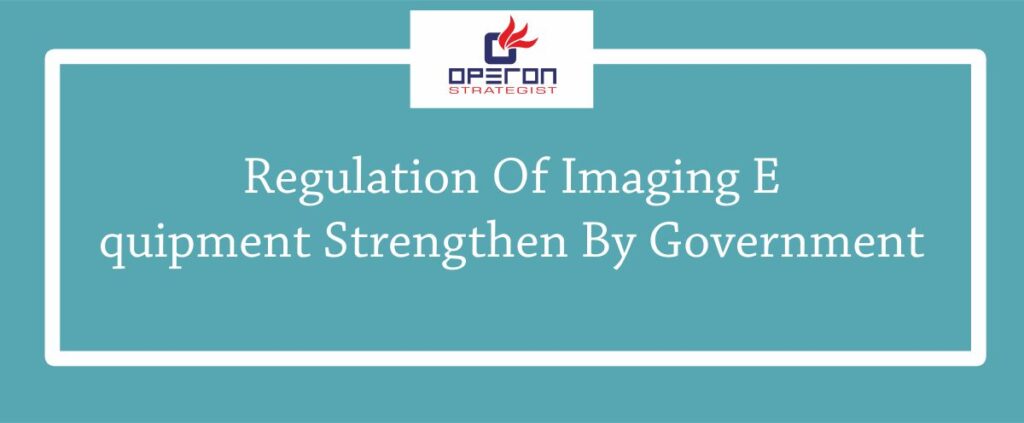Instruction for Use (IFU)
The manufacturer provides information to the intended user on how to operate the item securely for its intended purpose.
In some international jurisdictions, the IFU is referred to as directions for use.
Electronic IFU (eIFU in medical devices)
eIFU in medical devices means instructions displayed in electronic form:
- by the device (“help” systems, or graphical user interface (GUI)-based dialogues), or
- contained in portable electronic storage media supplied by the manufacturer together with the device, or
- online, through a manufacturer’s website.
Medical device “elabeling” significant benefits are listed below:
- Less paper waste and lower costs
- Quicker updates / improvements to instructions
- Less likely to have outdated IFUs in distribution chain
- More use of video and animation that can explain device operation far more clearly than written instructions and photos
European elabeling regulation
Since March 2013, the European Union has authorized electronic instructions for use (eIFU in medical devices) and has established Regulation 207. An update to this rule has been written (but not yet numbered) as of September 2021 to bring it into comply with the standards in Chapter III and other areas of the EU Medical Device Regulation (MDR).
According to Article 3 of the European Union’s eIFU legislation, they can only be used for the devices listed below.
- Devices and accessories exclusively used by professionals
- Software (paper option not required)
- Devices with built-in screen displays (paper option never required)
- Fixed installed medical devices
- Implantable devices (paper option not required)
Manufacturers need to understand requirement and regulations while using eIFU.Manufacturers should consider patient’s safety at first place, as part of restrictions and regulations manufacturers should keep eIFU updated on their MD website. Shifting from paper IFU to eIFU in medical devices have a significant impact on QMS of organization so, steps need to be taken for successful transition, which includes risk analysis, validation of eIFU, informing the notified bodies etc. As a QMS certification services consultant we know how to implement the changes and can guide manufacturers about submission to a notified body as well.
Consider few factors before making the changeover to an eIFU in medical devices .
Many medical device manufacturers already have a PDF of their IFU, with the exception of software. So, the question becomes how to do it in line with the EU MDR and the new eIFU legislation, rather than how to do it.
Considering points:
1.Risk Assessment
In comparison to delivering a paper IFU, an eIFU must maintain or improve the degree of safety, according to Article 5 of the draft regulation. What extra risks would your technology provide if it is occasionally used by nurses or doctors in rural areas where internet access is limited? To account for this, you’ll need to change your risk management procedures and paperwork.
2.Product packaging
The position of the eIFU must be disclosed on the package for each unit or, in the case of stationary devices, on the device itself, according to Article 6 You can’t just put PDFs of your IFU on your website and expect skilled users to know to search there for obvious reasons. According to Article 6 of the law, your package must clearly state that the IFU is available in an electronic version and where it can be found.
3.Validation
Ensure exact user access by having real-time product data and a mechanism for presenting information in the user’s selected language.
4.Method of delivery
The method of delivery may be the device itself if you create software as a medical device (SaMD) or a device with a larger display screen. For all other devices, IFUs will most likely be delivered via the device manufacturer’s website. This satisfies a crucial condition that the data be made available in a widely accessible format (thumb drives and DVDs are no longer universal). “To ensure unconditional access to the instructions for use in electronic form and to facilitate the communication of updates, those instructions should be available on the manufacturer’s website in an official language of the Union determined by the Member State in which the device is made available to the user or patient,” says the preamble of the new eIFU regulation.
5.Paper Version
Yes, some experts prefer paper-based instructions or may not have dependable online connection (which is true). While you may grumble about having to accommodate them, possessing paper IFUs is required by EU law, with the exception of a few devices. If a paper-based solution is necessary, you must offer a paper version free of charge within seven calendar days of the request.
6.Online Security
It’s simple to make your IFU available online. It is not ensuring that it is not accidently deleted or replaced is. You’ll need to set up protocols to prevent your sales and marketing divisions from changing the URL, deleting old copies, or otherwise altering the document.
7.Archival procedure
Your IFU must be kept for 15 years after the last device is placed on the market for devices that do not have an expiration date. This increases to ten years for gadgets with an expiration date.
8.Privacy policy
The GDPR (General Data Protection Regulation 2016/679) is one of the most stringent internet privacy rules in the world.
As medical device regulatory consultant we know the importance of eIFU in medical device manufacturing industries. So, we are providing solution to eIFU to these healthcare sectors. Our experienced team helps manufacturer to comply with EUMDR requirements.
- adminhttps://operonstrategist.com/author/admin-2/
- adminhttps://operonstrategist.com/author/admin-2/
- adminhttps://operonstrategist.com/author/admin-2/
- adminhttps://operonstrategist.com/author/admin-2/




